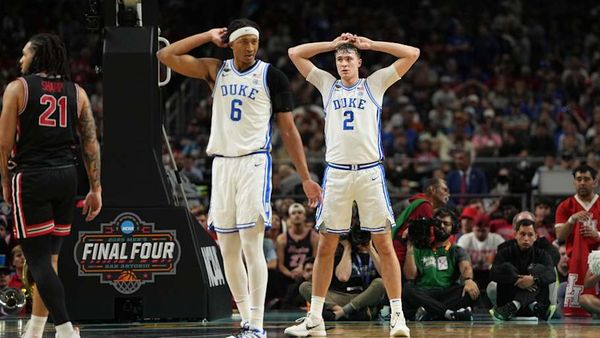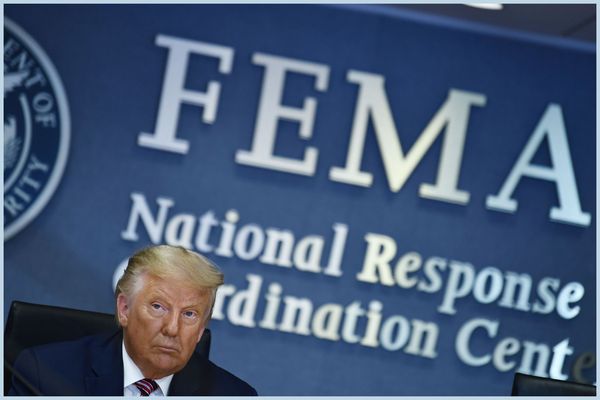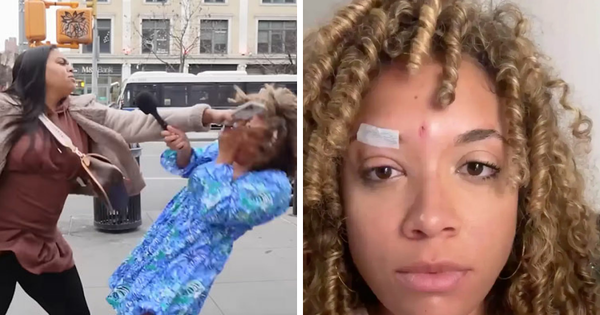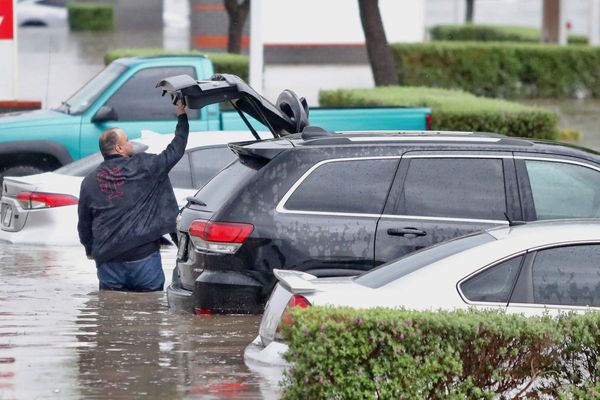
Wildfires had crept close to the Pacific Palisades before.
Just in 2018, the catastrophic Woolsey fire wreaked havoc in nearby Malibu. There’d been other close calls: evacuations because of a brush fire in 2019. A blaze chewing through steep remote terrain nearby the following year.
And yet, even as flames roared through the hillsides flanking the neighborhood and trees thrashed in ferocious winds, they couldn’t fathom what was coming.
This firestorm, which would ultimately share the name of the community it consumed, would unleash unexpected horrors. It swept in, and left little in its wake. The Palisades fire is one of several major blazes that have exploded across Los Angeles since Tuesday, fanned by extreme winds fueled through parched landscapes.
Preliminary estimates based on satellite imagery indicate that across Los Angeles county, more than 12,000 structures have been lost. At least 16 people have been killed, a death count officials say is undoubtedly to rise.
Some residents have been able to return to the neighborhoods they had to evacuate, many hiking or biking through the backroads up through the burned canyons to reach areas that are still closed.
For them, and for thousands others who will be returning in the coming days, the sheer scale of the loss is only beginning to sink in.
“It’s not just about your own house – it’s about the loss of your community,” said Ricky Gordon, who bought her Palisades home in 1987.
Gordon’s home was spared, but stands surrounded by a sea of destruction. It won’t be livable, she said, if her neighbors are gone. “It is about losing people you’ve known.”
She paused to look out over the cliffsides lined with wreckage all the way down to the shores of the Pacific below. Her 34 year-old son, Alex Pack, joined her to assess the damage on their block and marveled at how many houses held memories from his childhood.
“LA is such a big city, but the Palisades is one of the few places that feels like a small town,” he said. “I never thought this could happen here,” he added. “Nothing like this should ever happen again.”
The smoke had yet to clear over the still smoldering ruins. With winds still fierce, gusts swirled through ash and dust, adding to the sharp and acrid air. Shattered glass and messes of wires were strewn across streets along with downed branches, adding to the hazards.
Gordon and Pack were just two of many residents grieving not just homes and objects returned to ash, but of the futures they’d envisioned here and the memories now buried beneath the rubble.
Standing in the footprint that once held his home, Daniel Clive McCallum recounted how he and his wife left their home in Topanga Canyon, a more rural area prone to extremes, to start a family in the Palisades so his girls, ages two and 11 months, could grow up without fearing fire.
He stayed behind as others fled on Tuesday night, rushing to help his neighbors who had moved in mere months ago with children of similar ages to prepare their home. He threw buckets of water against the exterior and moved vegetation blown down by fierce gusts of wind away from the structures.
The fire was already ripping through homes at the end of the block and embers were raining down upon him when he knew nothing else could be done. His hose had run dry. He knew his home would burn.
“No one was stopping it – you couldn’t,” he said. “The winds were too insane.”
It’s still hard to process, he said. The playground his kids used to go to is gone. The movie theater, the cafes – the neighborhood is all gone. Even if his home had somehow made it through that night, “we can’t raise kids in a war zone,” he said. “It went from being a sanctuary that was safe to being toxic, poisonous, and dangerous.”
“I came here with the intention of bringing something home,” he added. “But there’s literally nothing.”
Even for those accustomed to high fire dangers, the Palisades fire broke through assumptions about what areas were safe.
But the weather extremes that set the stage for this catastrophe and the others that ignited this week across Los Angeles are only going to worsen as the world warms. The southern California region was left primed to burn after seasonal rains never came, which would otherwise have helped wet overgrown vegetation seeded in previous years’ winter storms. Though the state has always swung between boom-and-bust water cycles, climate change has turned up the dial and ramped up the risks.
Close to 100 fires ignited in the first ten days of the year, according to officials with CalFire, even with cooler winter weather in California. The cocktail of conditions that help spur rapid growth of wildfires, including the strong winds, will continue into next week, adding challenges to containment efforts and the possibility of new disasters waiting to unfold.
Down the road from the McCallum’s home, another group of neighbors gathered to see if they too could retrieve anything out of the ruins. Carefully navigating the splintered power poles and downed branches that still lay littered through the streets they talked about what’s to come. One woman sighed as she climbed the steps, now leading nowhere, to look out on the layers of mangled material heaped and ashen. She’d heard the building still stood just the day before. The fire came back for it.
Grief has come hard and fast for the people here, but some are clinging to hope that, though they lost the neighborhood – its shops and schools, churches and cafes, and the blocks of homes where countless families made memories over the last five decades – that they might recover together.
Gerry Blanck, a local institution who has spent decades training local children, adults and celebrities in karate left with only a few days’ clothes, convinced he’d be home again soon. Though that home, and the business that so many people in the Palisades came to love are both gone, he’s looking to build back.
Supporters have so far raised more than $10,500 for him and his daughter for housing and food through a GoFundMe, along with a new dojo, considered “not just a place of learning but a symbol of resilience and strength”, for this neighborhood.
It’s a signal that even if the infrastructure is gone, the community in some form, perhaps, remains.
There’s still a long road ahead.
“I have been here for 43 years,” he said, relaying how many students he’s heard from who also lost their homes. Another resident chimed in, saying Blanck represented the heart of this town – the main attraction of every parade.
Blanck smiled. Before he got back in the car to head away from the destruction, he took one last look and said: “There probably won’t be a parade this year.”







